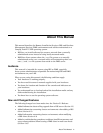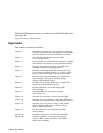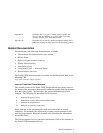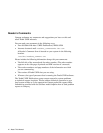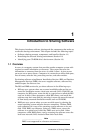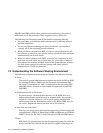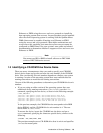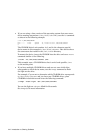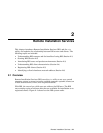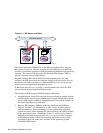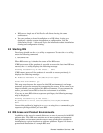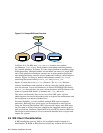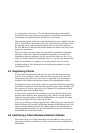The RIS and DMS utilities share architectural similarities; the primary
differences are in the contents of their respective server disk areas.
The following list illustrates some of the benefits of sharing software:
• You can reduce your software and hardware costs by sharing software
between computers.
• You are not limited to sharing one piece of software; you can share
virtually all of your operating system software.
• When you share software with RIS, you have a central location for all
the software to install on your system and can install the same software
simultaneously on several clients.
• When you share software with DMS, several of the computers in your
local area network (LAN) use a single copy of a given piece of software.
This reduces the need for multiple copies of the same software, reduces
the disk space required for software storage, and allows central
administration of software resources.
1.2 Understanding the Software Sharing Environment
The following components make up the environment for software sharing:
A server
The server’s system administrator prepares the server for RIS or DMS
by creating the RIS or DMS areas on the server and ensuring that
the server is connected to a LAN. A single server can serve both RIS
and DMS clients, however a client cannot be registered to both RIS
and DMS.
A distribution device on the server
For most servers, the distribution device is a CD−ROM drive or a
software distribution copied directly to magnetic disk. You transfer
or link the software subsets for one or more specific products and
architectures from the distribution media to the RIS or DMS areas on
the server. Registered clients can then access the software.
A local area network (LAN)
You must set up the server and all client processors as hosts on the LAN
(using Ethernet, FDDI, or Token Ring for RIS and Ethernet or FDDI for
DMS). Clients use the LAN to access the server’s RIS and DMS areas.
Clients
RIS clients are systems that can run the operating system for which the
server provides kits. RIS clients also must be capable of booting over
1–2 Introduction to Sharing Software




